#Harappan civilization history
Text
Explore Dholavira - A 5000-year-old Harappan Gem in Gujarat
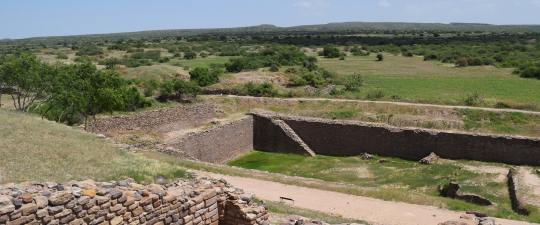
Explore the ancient Harappan city of Dholavira with Evoke Dholavira. Discover its sophisticated urban planning, artifacts, and the mysteries of a 5000-year-old civilization. Book your stay for a unique blend of history and luxury in the heart of Gujarat. Visit evokedholavira.com for more information and reservations.
#Dholavira archaeological site#Harappan civilization history#Luxury stays in Dholavira#Ancient city tours India#Evoke Dholavira bookings#Dholavira travel guide#Ancient urban planning Dholavira#Dholavira artifacts and inscriptions#Cultural tourism in Gujarat#Historical resorts in India
0 notes
Text
I'm just gonna say it.
It is okay if IVC had an entirely separate religion, or lack, thereof. Please do not view this civilization with a predisposition or from the lens of an already-existing religion. Be more open-minded.
#indus valley#indian history#harappan civilization#mohenjo daro#harappa#ancient civilizations#ancient city#ancient history#ancient culture#ancient#desiblr#desi tumblr#desi tag#desiposting#desi side of tumblr
48 notes
·
View notes
Text

A street at the ancient city of Harappa in Pakistan. 2500-2000 BCE, Indus Valley Civilisation.
4 notes
·
View notes
Text
Duniya saari idhar se udhar chali jayegi
But delhi ka science museum renovate nahi hoga.
#Seriously I visited it last when I was 6 aur tab dekha ki cycle chalane waala skeleton is not working properly aur ABHI TAK THEEK NHI HUA#The souvenir shop is as boring as ever#Bio section ke bahut saare screens lgta hai mughalo ke jamane ke hai#The best parts are the dinosaur waala section (vo abhi bhi ekdum mast jumpscare dete hai) and the history-related ones.#The new gallery of Sardar Vallabhbhai Patel though out of genre- is dope as well.#Yaar the Harappan civilization waala section is amazing use chodke mujhe jaane ka mann hi nhi kar rha tha-
18 notes
·
View notes
Text
Watch "Exploring the Harappan City of Lothal (History and Walking Tour)" on YouTube
youtube
3 notes
·
View notes
Text
youtube
One of the great cities of the Bronze Age Indus River Valley Civilization also called the Harappan Civilization. I talk about what we know, what we don't know and what we've uncovered. As well as touching on the eternal battle to protect and preserve the site for future generations of humanity.
#youtube#history#bronze age#archaeology#indian history#Indus River Valley Civilization#harappan civilization#Mohenjo-Daro#lost city
0 notes
Text
#indus valley civilization#harappan civilization#town planning of indus valley civilization#features of indus valley civilization#Hello all Indus valley civilization is much vital regarding understanding the initial starting of Indian history. Indus Era is much crucial
0 notes
Text
The Indus Valley Civilization
The Indus Valley Civilization is one of the oldest civilizations, extending from Pakistan to northeastern Afghanistan and northwestern India. Indus Valley Civilization is also known by another name Harappan Civilization. To know more about Indus Valley Civilization or Harappan Civilization please visit here: https://www.opennaukri.com/the-indus-valley-civilization-and-the-origin-of-hinduism/
#OpenNaukri#general kowledge#history#gk#Indus valley civilization#Pakistan#Harappan Civilization#Indus valley
0 notes
Text
Mohenjo-Daro is an archaeological site in the province of Sindh, Pakistan.
Mohenjo-Daro is an archaeological site in the province of Sindh, Pakistan. Built around 2500 BCE, it was the largest settlement of the ancient Indus Valley Civilisation, and one of the world’s earliest major cities, contemporaneous with the civilizations of ancient Egypt, Mesopotamia, Minoan Crete, and Norte Chico.
With an estimated population of at least 40,000 people, Mohenjo-Daro prospered…

View On WordPress
#ancient history#archaeological site#harappan civilization#heritage sites of pakistan#Indus Valley Civilization#information mohenjodaro#Mohenjo Daro#mohenjo-Daro#mohenjodaro drawing#Pakistan#pakistan heritage sites#province of Sindh#top 10 unesco world heritage sites#unesco pakistan#unesco sites in pakistan#unesco world heritage#unesco world heritage sites#unesco world heritage sites in pakistan#world heritage#world heritage sites#world unesco sites
1 note
·
View note
Text
7 undeciphered writing systems
(While reading, remember that it’s possible to decipher a script and still not understand the language that the script represents.)
(Each heading links to that script's respective Wikipedia page.)
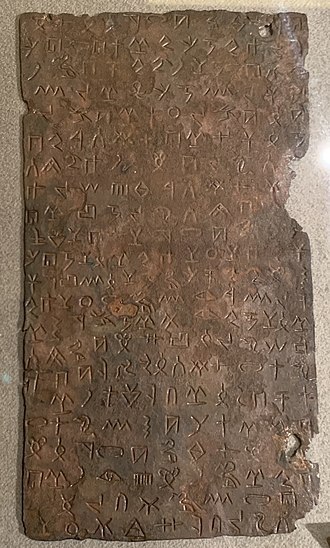
Byblos Syllabary
The Byblos syllabary is attested in 10 inscriptions found in Byblos, a coastal city in Lebanon. It likely represents a Semitic language, but despite a handful of attempts at decipherment, there still isn’t a consensus as to what sound each character represents.
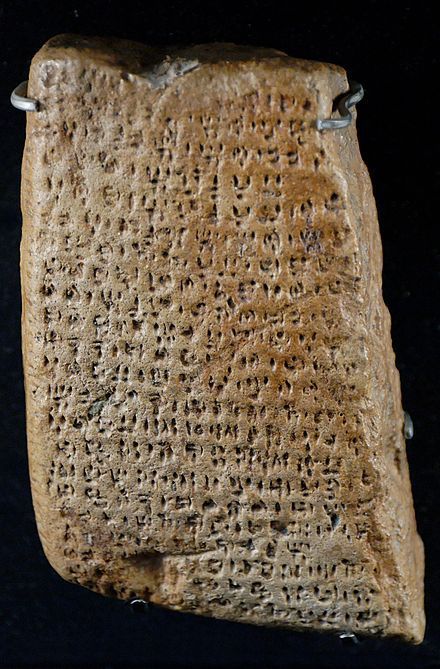
Cypro-Minoan Syllabary
The Cypro-Minoan syllabary appears on ~250 objects—especially clay balls and cylinders that were used for recording economic transactions—on the island of Cyprus.
The script suddenly disappears in 950 BCE and was replaced by the Cypriot syllabary, which was used to write Greek, and based on Cypro-Minoan. This evolution allows us to infer the sounds of some of the signs in Cypro-Minoan, but we still don’t know what language it represented—probably either Minoan or Eteocypriot.
There are only ~2,500 total instances of signs for Cypro-Minoan, which is significantly less than Linear B when it was deciphered (~30,000).
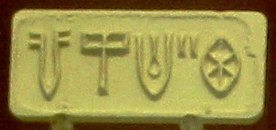
Indus Valley Script
The Indus Valley script is known from ~4,000 objects with very short inscriptions found in and around the Indus Valley, and represents the Harappan language (the unknown language of the Indus Valley civilization).
It has about 400 distinct signs, which is too many for each sign to represent a single sound or syllable, but too few for each sign to represent a word. Scholars thus think the system is logo-syllabic (basically a mix of the two).
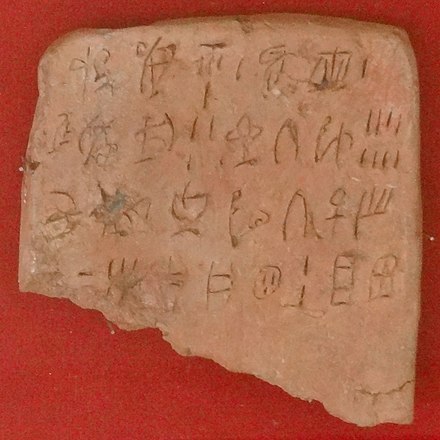
Linear A
Linear A: Everybody’s favorite mysterious undeciphered script. Linear A was used by the Minoans on the island of Crete, and is called “linear” because the script is written by cutting lines into clay, rather than pressing wedges into clay like cuneiform.
Linear A was adapted to write Mycenean Greek and became Linear B (deciphered in the 1950s), and because of this we can infer many of the sound values of symbols in Linear A. However, 80% of Linear A’s signs are unique, not shared with Linear B.
Linear A itself probably developed from the earlier Cretan hieroglyphs, which are also undeciphered.
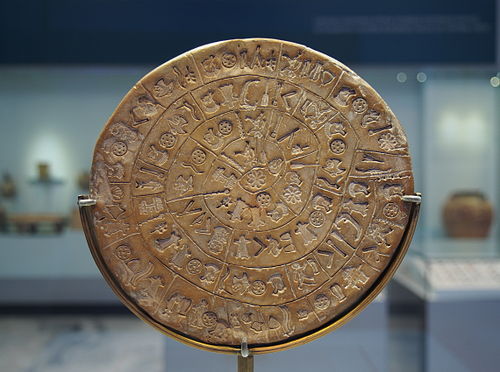
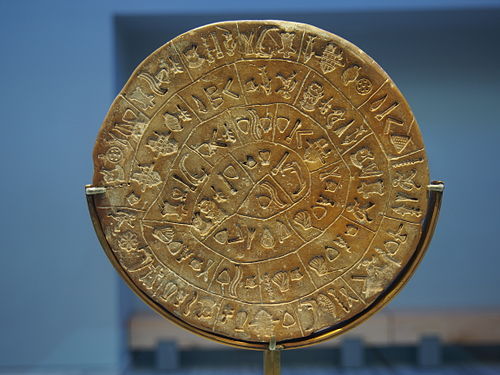
Phaistos Disk
The Phaistos Disk. Also from the Minoan civilization on Crete, yet seemingly unrelated to Linear A. This disk is the only certain attestation of this (assumed) script, spiraling around both sides. There are 242 tokens comprising 45 distinct signs.
The Phaistos Disk also happens to be an early example of moving type printing, since each character was made by pressing seals into clay.
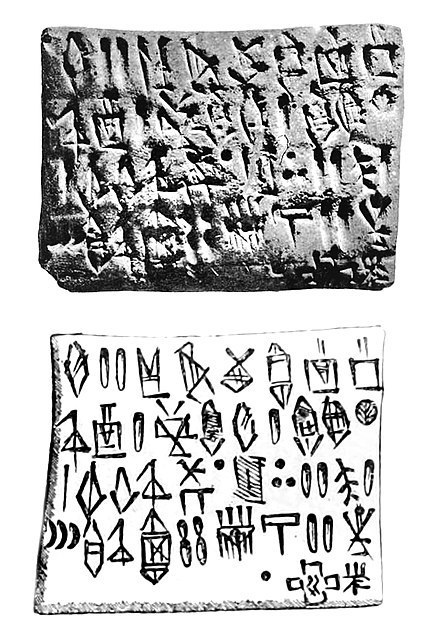
Proto-Elamite
The Proto-Elamite script developed alongside Proto-Cuneiform, and was used for similar functions and in similar ways until it was replaced by cuneiform. Proto-Elamite, like cuneiform, began as a system of marking tokens and spheres with details of economic transactions.

Rongorongo
Rongorongo is a system of glyphs used on Rapa Nui (Easter Island), found only on about two dozen wooden objects. According to oral history, the tablets were considered sacred, and only a small elite class could read them. Unfortunately, that tradition was wiped out after slaving raids and epidemics caused the collapse of Rapa Nui society.
Though the glyphs, if they are writing, undoubtedly represent the Rapa Nui language, little is known about it because modern Rapa Nui has had heavy influence from Tahitian.
---
Want to learn more about the world’s writing systems and their history? Check out my curated list of books on Writing & Writing Systems!
452 notes
·
View notes
Text
India has a rich and complex history that spans thousands of years. Here is a detailed timeline of some of the major events and developments in Indian history:
3300 BCE - 1300 BCE: Indus Valley Civilization
The Indus Valley civilization, also known as the Harappan civilization, was one of the world's earliest urban civilizations. It was located in the northwestern part of the Indian subcontinent and is known for its advanced urban planning, art, and script.
1500 BCE - 500 BCE: Vedic Period
The Vedic period is named after the Vedas, a collection of hymns and religious texts that were composed during this time. It is also known as the early Hindu period and is characterized by the development of Hinduism, the caste system, and the emergence of the Mahajanapadas.
322 BCE - 185 BCE: Mauryan Empire
The Mauryan Empire was the first dynasty to unify most of India under a single ruler, Chandragupta Maurya. Under the rule of the Mauryan dynasty, India saw significant economic, cultural, and religious growth.
320 CE - 550 CE: Gupta Empire
The Gupta Empire was a golden age of Indian civilization. It is known for its advancements in science, mathematics, art, and literature. During this period, the decimal system, the concept of zero, and the Hindu-Arabic numeral system were developed.
711 CE - 1206 CE: Islamic InvasionsIslamic invasions began in the early 8th century, when Arab armies conquered the Sindh region in present-day Pakistan. Over the next few centuries, Muslim rulers established several dynasties in India, including the Delhi Sultanate.
1526 CE - 1707 CE: Mughal Empire
The Mughal Empire was the most powerful empire in India during the medieval period. It was founded by Babur and ruled by a succession of Mughal emperors, including Akbar, Jahangir, and Shah Jahan. The Mughal era saw significant cultural growth, including the establishment of the Taj Mahal and the development of Mughal art and architecture.
1757 CE - 1858 CE: British East India Company
The British East India Company established itself as a major political and economic force in India during the 18th century. It gradually expanded its control over Indian territories, eventually ruling over the entire country by the mid-19th century.
1857 CE - 1947 CE: British Raj
The British Raj was the period of British colonial rule in India, which lasted from 1858 to 1947. During this time, India underwent significant economic, social, and political changes, including the establishment of railways, telegraphs, and a modern legal system. The Indian independence movement gained momentum during this period, eventually leading to India's independence in 1947.
1947 CE - present: Independent India
India gained independence from Britishrule on August 15, 1947, and became a democratic republic on January 26, 1950. Jawaharlal Nehru became India's first Prime Minister and led the country through a period of modernization and economic growth. India faced several challenges, including partition, communal violence, and poverty. The country also adopted a non-aligned foreign policy and played a prominent role in the Non-Aligned Movement. India also conducted several nuclear tests in 1974 and 1998, which brought the country into the global spotlight.
In recent years, India has emerged as a major economic power, with a rapidly growing economy and a burgeoning tech sector. The country has also faced several challenges, including political and social unrest, environmental degradation, and growing inequality. India's relations with its neighbors, particularly Pakistan and China, have been a source of tension, and the country has also faced security threats from terrorism and insurgency. The country is also grappling with issues of caste discrimination, gender inequality, and religious intolerance.
In conclusion, India's history is a rich tapestry of cultural, religious, and political developments that have shaped the country into what it is today. From the ancient Indus Valley civilization to the modern-day tech hub, India's history is a testament to the resilience and diversity of its people.
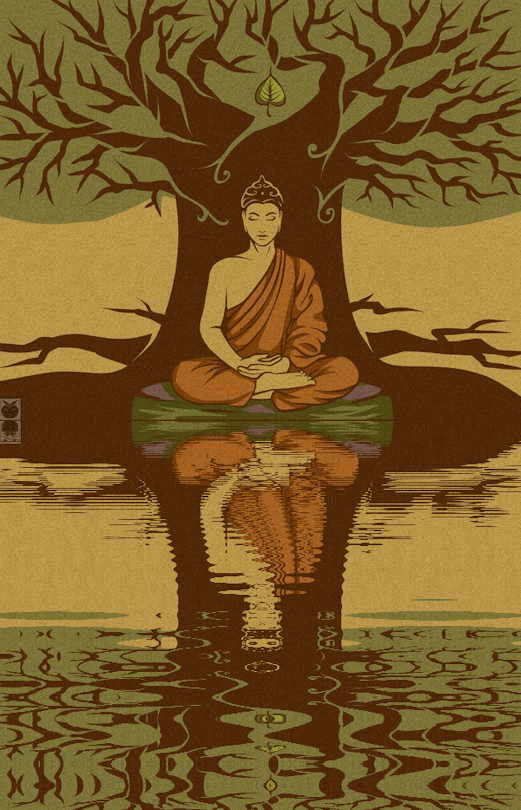
17 notes
·
View notes
Text
Explore Dholavira with our Comprehensive Tourist Guide
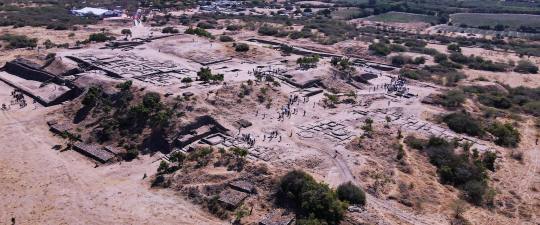
Embark on a journey to the ancient Harappan sites in Dholavira Explore its rich history, find the best places to see, and experience luxury at Evoke Dholavira Plan your visit with our Complete Dholavira Tourist Guide.
#Harappan civilization#Dholavira archaeological site#Ancient history#Indus Valley civilization#Archaeological excavation#Ancient ruins#Cultural heritage#Civilization remnants
0 notes
Text
The Indus Valley civilization is my Roman Empire.
#indus valley#indus valley civilization#harappan civilization#history#indian#indian history#ancient civilizations#ancient#ancient history#roman empire#desiblr
87 notes
·
View notes
Text
01-03-2024
Started my 12th grade from today. Today was the first day of the new session. Feeling overwhelming about being in the senior year of high school.
Things that I did:
Macroeconomics: Introduction to Macroeconomics
Political science: The end of bipolarity
History: Harappan Civilization or Indus valley civilization
Song of the day: Anchor by Nova Amor
Good luck to myself for tmr....
#studyblr#study motivation#study with me#study space#economics#macroeconomics#political science#history
4 notes
·
View notes
Photo


Nagakal at Kaadu Malleshwara Temple, Bengaluru, Karnataka
A Seeker wrote :
"अनन्तं वासुकिं शेषं पद्मनाभं च कम्बलं शन्खपालं ध्रूतराष्ट्रं च तक्षकं कालियं तथा |"
Nagas, an ancient clan with highly developed culture existed in India. The Nagas were mainly serpent worshippers.
After the Aryan invasion into the land beyond River Sindhu, the Nagas, and other clans were pushed further down in to the Dravidian heartland. But, sooner or later, the Aryans themselves accepted many of the snake deities of the Nagas in to their pantheon. The prominent Cobra snakes mentioned in the Puranas are Anantha, Vasuki, Shesha, Padma, Kanwal, Karkotaka, Kalia, Aswatar, Takshaka, Sankhpala, Dhritarashtra and Pingala. As per the historians, these were not the snakes but the powerful Naga Kings.
There is very few evidence left as of what happened to the originals Nagas, and other Harappan people, who at that time of history had an advanced civilization unlike the barbarians from the West. The irony is that the invaders soon realized the importance of society, civilization, religion, customs, and incorporated most of that belonging to Indus valley civilization, they uprooted on the first place. The Nairs of Kerala, and the Bunts of Tulunadu often claim direct descendance from Nagas who migrated South.
(via Instagram: A Seeker @raconteur_sufi)
49 notes
·
View notes
Text
You know something is fucked up when you have a pavlovian response to study without breaking any conversation and suddenly remember the metropolis city you used to live in almost six years ago and ache for the chaos of it all while writing about the history of the Harappan Civilization.
4 notes
·
View notes